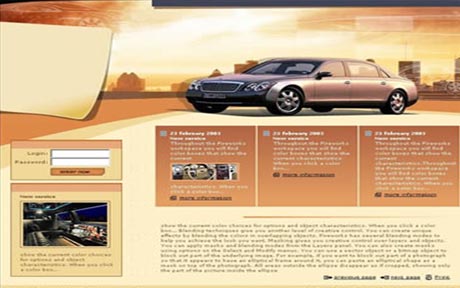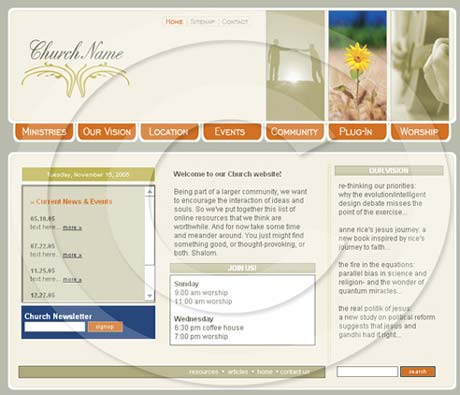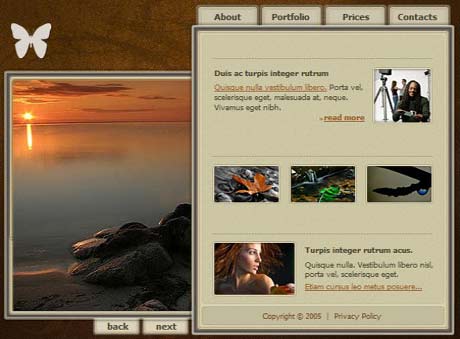In web design, a web template is a specified framework that is used to separate the content from presentation. Templates are very popular today and they are used by many websites, with many types of CMS (Content Management Systems) being especially popular, because of the ease of deployment and the fact that they can easily be bought from template selling sites.
After you buy a template or download it, you can then customize it according to your tastes. In fact, customization is essentially a must, when you consider that the search engines can detect the same templates and may not be in favor of unaltered, identical templates appearing on multiple sites.
Templates extend the usability of any site and have multiple benefits. Online store templates can be used to easily sell hundreds of products, or to display photos or showcase video and music files.
Making the distinction between presentation and business logic
There should be a clear distinction between the presentation and business aspect when you are using templates because:
1) The language of the presentation source code may be different from other coding structures.
2) Work done at different times and locations
3) Presentation skills like write ups may not coincide with business logic due to different skill sets and personalities of different people.
What is a template engine
All templates have CSS coding. This style sheet language is used to describe the presentation semantics of a document written in a mark up language, and give styling to web pages written in HTML and XHTML. CSS is used to separate presentation from content with the use of things like layouts, colors and fonts.
In this context we have the term, template engine. A template engine is basically a piece of software that is designed to process web templates and content information, and produce web documents as an output.
There are a number of sites that provide professional web templates for setting up a site, both premium and free templates. The professionally designed templates not only contain the index page but also all the related PSD and HTML files for every page of the site. These sites are often membership based with a paid subscription. You can become a member of these sites and avail the templates free of cost.
Some commentaries
When shopping for a web template, a few things to look out for are the color combination, the layout and the fonts; are they harmonious and convey the desired impression to visitors? Also, is the template designed to load quickly in all browsers, and compliant with W3C standards?

This template above has rather stagnant color combination. While this style was popular a few years ago, today such templates are seen as too “generic.”

This web template above is a good example of harmonious color scheme, fonts and layout. The page layout and design elements are what you would call “consistent.”

This is another fairly good web template that may suit some RPG fan site. The color combination and design elements are matching and well done, but does not leave much room for a lot of expansion. The focus is more on the artistic aspect.
